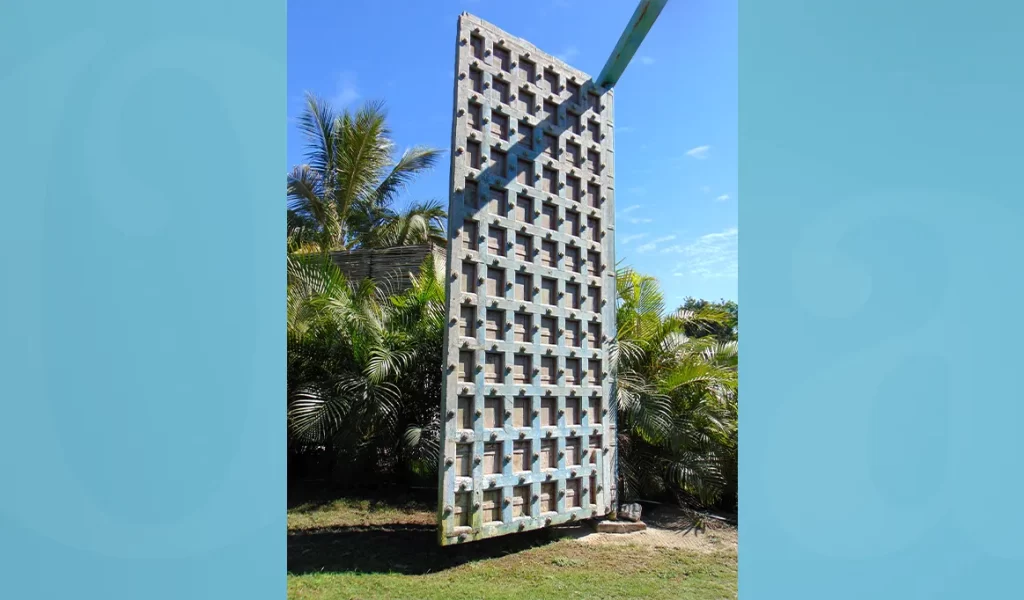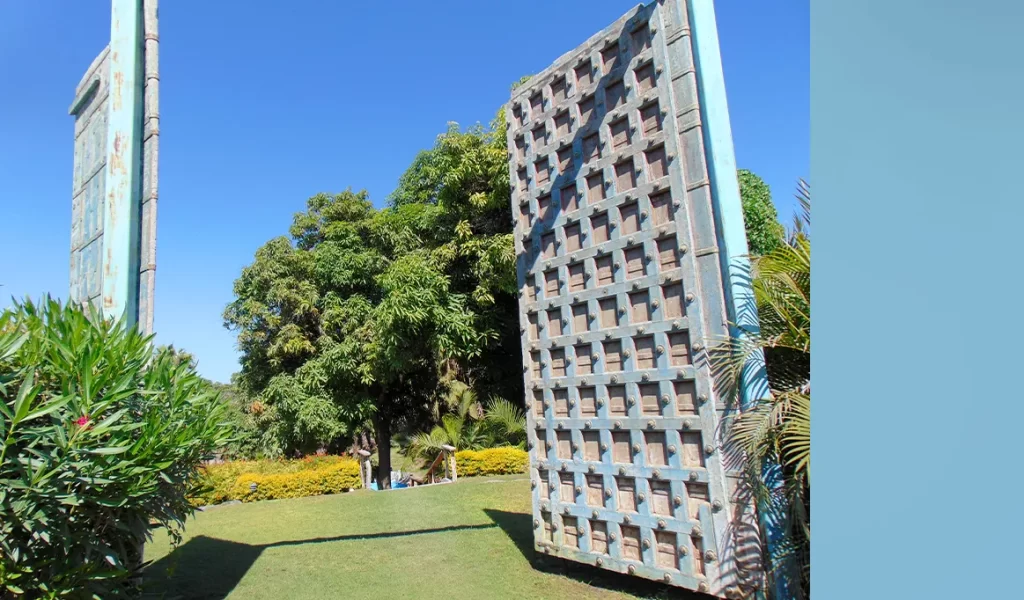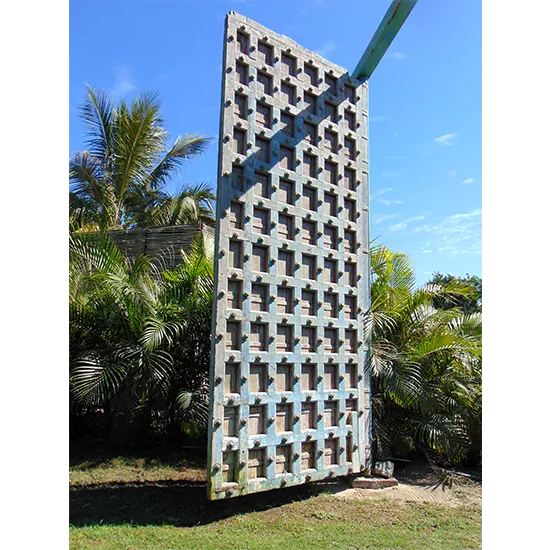
Haveli large entrance doors
The Rajasthani haveli is an architectural structure that developed from the end of the 16th century under the influence of the Mughal style which is a fusion of several architectures: indigenous, Persian Islamic and Central Asian. This type of architecture typical of Rajasthan is generally referred to as “Mru-Gurjara” or, more popularly, “Rajput”.
The climate has always been one of the determining factors for the design of living spaces. Thanks to very specific construction technologies, the haveli, translated as “mansion” in English, is an ingenious architectural response to the extreme climatic conditions of the regions of Rajasthan, providing passive means of heating and cooling, while respecting the environment.
Thus, this type of residence, which sometimes takes on a palatial appearance, was, long before the term was used, a bioclimatic building and a model of sustainability that still inspires nowadays architects. Haveli derives from the Persian word “hawli” meaning “partition” or “enclosed space”. This type of building is found throughout India, but particularly in northwestern India (Rajasthan, Punjab and Gujarat), where large climatic variations pose challenges in terms of living comfort. If we take the city of Churu, for example, in the northeast of Rajasthan, we observe temperatures that oscillate between 3 degrees in winter and 50 degrees in summer; this is a considerable difference.
It is for this reason that Rajasthan is surely the state that offers the most perfect model of what the concept of haveli; the best exemples are the golden city of Jaisalmer and the region of Shekhawati and, to a lesser measure, Bikaner and Udaipur.
The architecture of the haveli was a direct response to the regional climate, it was also a reflection of the opulence of its designers, wealthy merchants, who made their fortune thanks to the Silk Road.
Additional information
| Region | India, Rajasthan State |
|---|---|
| Century | XX Century |
You may also like ..
Related products
-
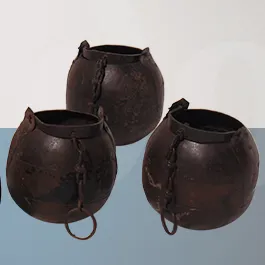
Iron well Buckets
$150.00 -
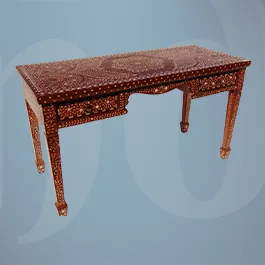
Indo-Portuguese teak desk
$2,200.00 -
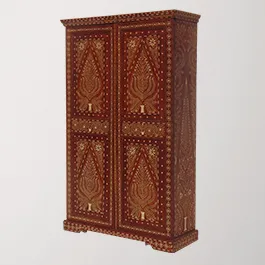
Extraordinary Indo-Portuguese teak wardrobe
$7,000.00 -
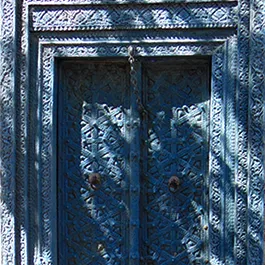
Extraordinary Mughal design carved and painted wooden door
$9,000.00 -

Dhokra Bronze Sculpture
$250.00 -
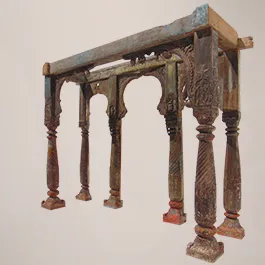
Important wooden balcony facade
$6,000.00 -

Small Krishna mask
$125.00 -
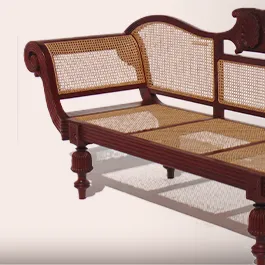
Spectacular Indo-Portuguese Rosewood Bench
$3,200.00
